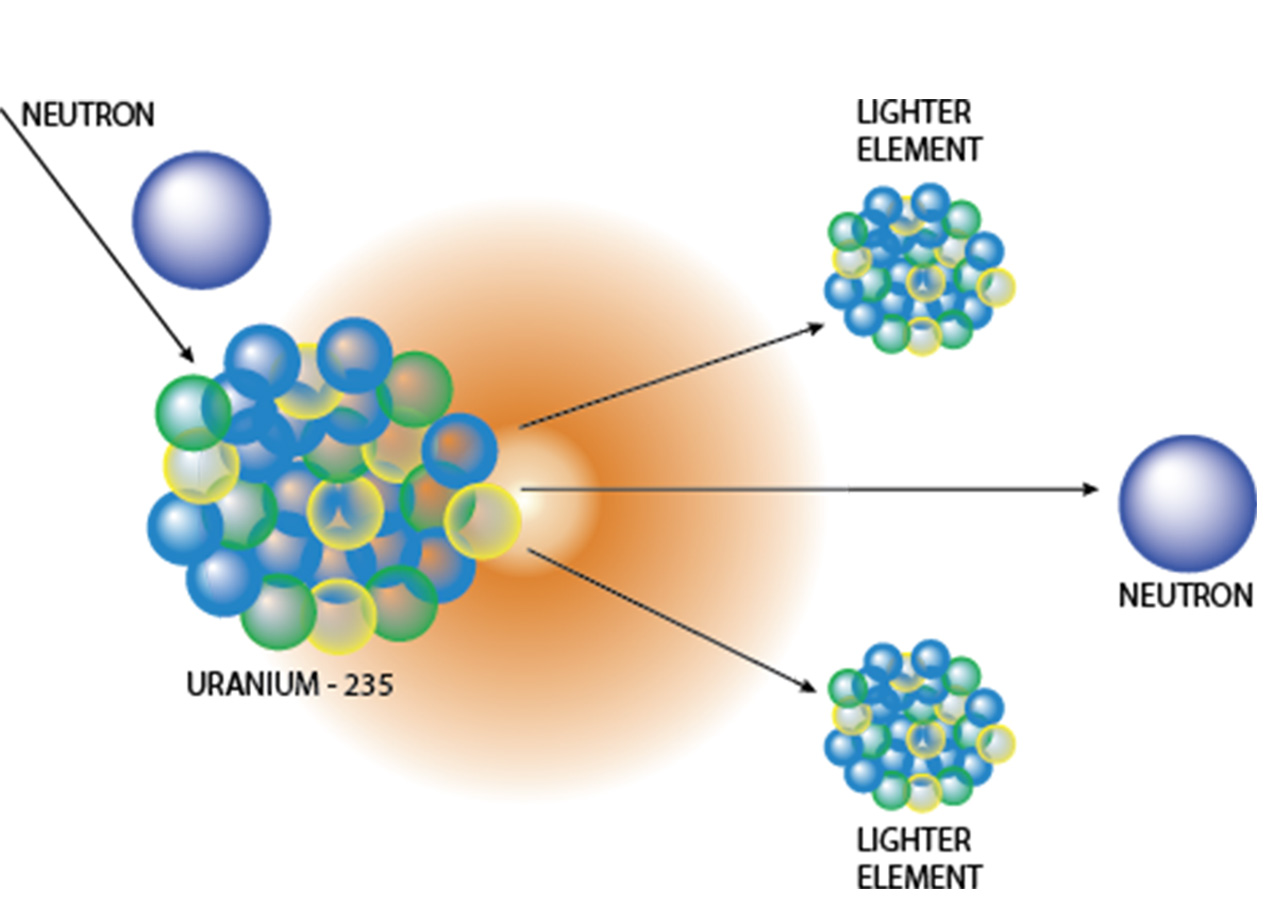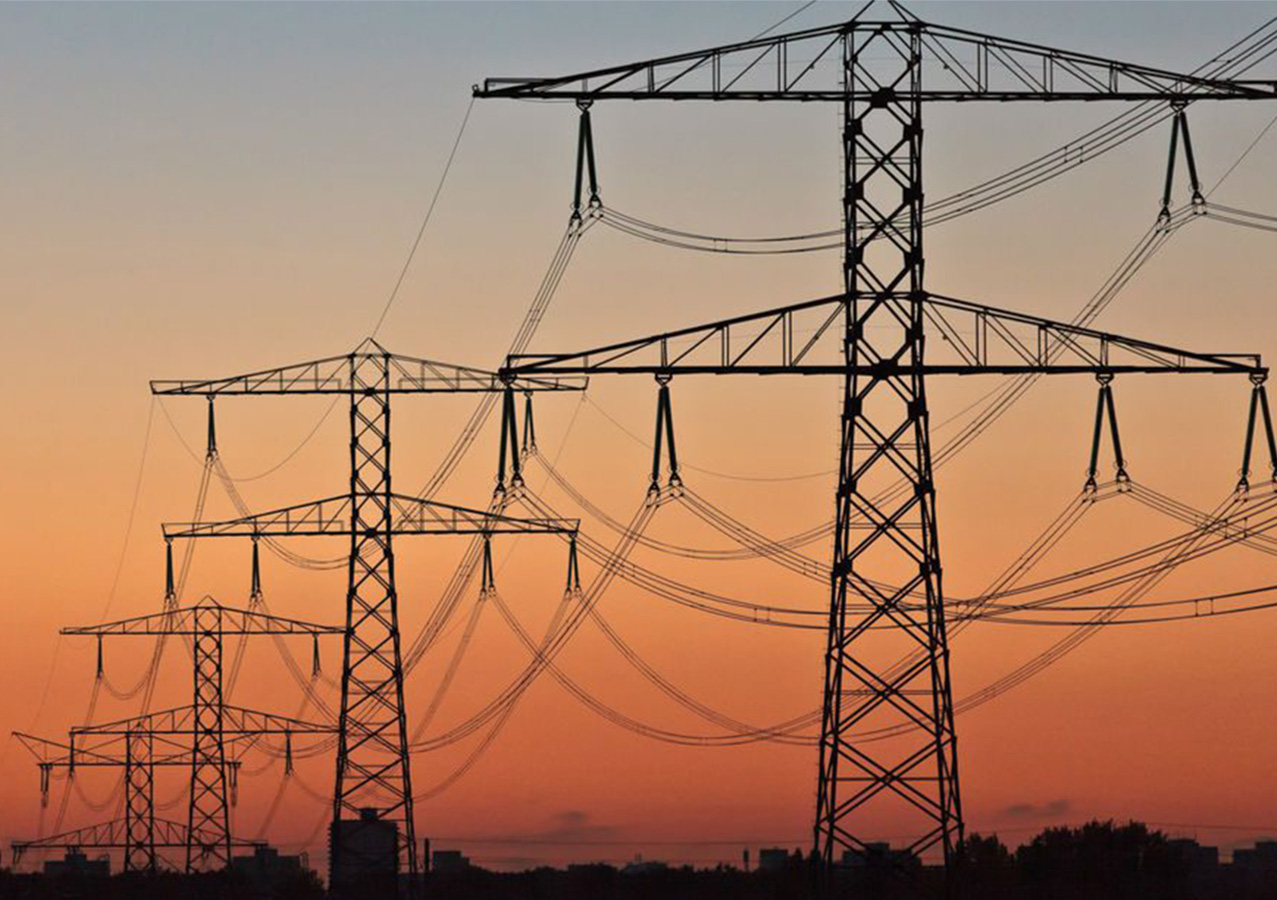Transformative Power Source: Man-Made Fire
The story of human civilization is intertwined with the story of our ability to harness energy. From the prehistoric harnessing of fire first that banished the darkness to the current quest to replicate the power of the sun, the human journey has been one of continuous innovation. The evolution of energy generation, from fire to hydrocarbons, to nuclear fission to solar cells, and the potential of hydrogen fusion is the history of human evolution and the electrification of these sources over the past century is the unifying thread that connect these alternate sources together and helps point to the future.
The earliest form of energy generation was the most primal: fire. Our ancient ancestors, by mastering the art of fire-making around 1 million years ago, unlocked a transformative power source. Fire provided warmth, protection from predators, and a means to cook food, which allowed to the evolution of the human brain. It also fueled the development of tools, as early humans used fire to harden wood and shape stone. But fire’s limitations were clear; it was difficult to control, inefficient, and limited in its applications.

Water Wheel
With the advent of agriculture and settled societies, the need for more reliable and powerful energy sources arose. The invention of the waterwheel around 4000 BC marked a critical turning point. By harnessing the force of moving water, humans could now grind grains, power rudimentary machinery, and even irrigate land. Windmills, utilizing the power of the wind, soon followed, further expanding human capability. These renewable energy sources, however, were still limited by their dependence on specific weather conditions and were limited to the location of power generation.
The Industrial Revolution ushered in a new era of energy generation, one dominated by fossil fuels. Coal, a readily available and relatively dense source of energy, became the fuel of choice for powering factories, steamships, and locomotives. The discovery of oil in the 19th century provided an even more versatile and portable energy source, fueling the rise of the internal combustion engine and ushering in the age of automobiles. Natural gas, another hydrocarbon, emerged as a somewhat cleaner-burning alternative to coal and quickly found applications in heating and electricity generation.

Dutch Windmill
However, the widespread use of fossil fuels came at a cost. The burning of coal and oil released large quantities of greenhouse gasses into the atmosphere, which science has demonstrated have greatly contributed to human generated climate change. Additionally, the finite nature of these resources raised concerns about long-term sustainability. These factors spurred the search for cleaner and more sustainable alternatives.
Nuclear fission, the splitting of atoms to release immense amounts of energy, emerged as a potential solution in the mid-20th century. Nuclear power plants offered a seemingly endless supply of energy with minimal emissions compared to fossil fuels. However, the technology was not without its drawbacks. The risk of nuclear accidents, coupled with the challenges of waste disposal, cast a shadow on nuclear power’s promise.

Nuclear Fission
The latter half of the 20th century saw the rise of renewable energy sources. Hydropower continued to be a significant player, but solar and wind power experienced a resurgence. Technological advancements made solar cells far more efficient and affordable, while wind turbine designs improved energy capture capabilities. These renewable sources offered cleaner and more sustainable alternatives to fossil fuels, but their intermittent nature presented a challenge. Advancements in battery technology have helped address these issues but have not solved the problem completely.

Hydroelectric Dam
The quest for a truly sustainable and powerful energy source continues. Hydrogen fusion, replicating the process that powers the sun, holds immense promise. By merging atomic nuclei, scientists hope to generate vast amounts of clean energy. However, achieving sustained fusion reactions has remained a significant technological hurdle. Recent “net positive” fission experiments have offered hope for a more sustainable source of energy for humankind never ending demand for more energy, particularly in the form of electricity to power machines and computers.
Since the late nineteenth century electrification has served as a common thread weaving its way through the tapestry of energy generation. The invention of the electric generator in the 19th century allowed for the conversion of many forms of energy – from the movement of water in a turbine to the heat generated by burning coal – into electrical current. This energy could then be transferred through wire at the speed of light, the fast speed of anything discovered in the universe. Electrification made energy portable, efficient, and easily distributable. From powering homes and industries to enabling modern communication technologies, electrification has been the key that unlocked the full potential of the energy sources we have harnessed.

Block Island Wind Farm
Looking towards the future, it is clear that electrification will continue to play a pivotal role. Integrating renewable energy sources into the grid, developing energy storage solutions, and electrifying transportation are all crucial steps towards a sustainable future. While the quest for powerful and clean energy sources continues, electrification remains the fundamental technology that allows us to utilize this energy for the benefit of our society.

Electrification
Each stage of human history has brought innovations that have transformed our world. As we evolve forward, the importance of sustainable and clean energy sources has become paramount to the long-term survival of the human species. By embracing renewable sources, integrating new technologies like solar power in the present and perhaps hydrogen fusion in the future, and by strengthening the electrical grid as the unifying framework, humankind has the opportunity to build a cleaner and brighter future for generations to come, if only we don’t squander this opportunity while the narrow window to make the change to sustainable sources still exists.
Looking to remodel your home? Let’s connect.
Join the Architectural Forum to stay up-to-date with architectural news from Rhode Island and abroad.
Ross Sinclair Cann, RA, AIA, LEED AP, is an author, historian, educator, and practicing architect living and working in Newport, RI. He studied with Professor Scully as an undergraduate at Yale and was a teaching assistant for Robert A.M Stern at the Columbia School of Architecture in New York.
At A4 Architecture + Planning we are expert at integrating building codes into our designs to provide safer and more long-lasting building solutions for our clients. If you are interested in learning more about what can do for you reach out to us at any time!
